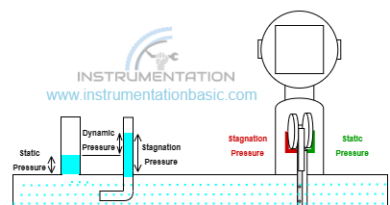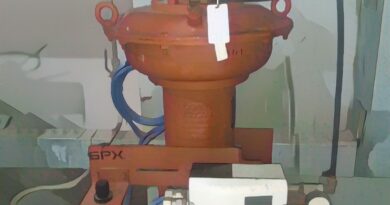Distributed control system basics
The distributed control system is mostly used in the industry to enhance production, cost, reliability without compromising on safety. The dc’s consist of a set of dedicated hardware and software to collect and process data and implement the control action needed.
Nowadays most of the DCS comes with the inbuild SCADA, which help to monitor the process in real-time. It comes with the visualized alarm management system to alert the operator before the breakdown of control. We can able to find the root cause of the failure happen by the mean of historian and sequence of event. Helps us to avoid the issue in future by detailed analysis. The real-time trend used to compare the live parameters at any time. We can Able to select the duration of the trend to visualise.
The reliability of the system is achieved by the means of redundancy system, the redundant controllers, modules, power supply etc help to reduce the production loss that happened due to the failure.
The DCS system covers a wide area of the process plant, by installing a controller in the specific areaa. And the data from all similar plants are processed by transferring it to the control room using high-speed communication cables like a fibre optic. Hence from one place, we can Able to view the process condition and scheduling control action according to it.
The distributed control system is capable of supporting third party protocol, which helps to satisfy the requirements for the process. If we want to reduce the number of panels in the control room, we can use the Fieldbus communication by which only a single pair of cable is used to transmit the signal for around eight instruments.
And the well-known hart protocol is used to view and modify the parameter like tag number, units, range, alarms etc. Thus like is DCS make a path for various protocol according to the applications.



